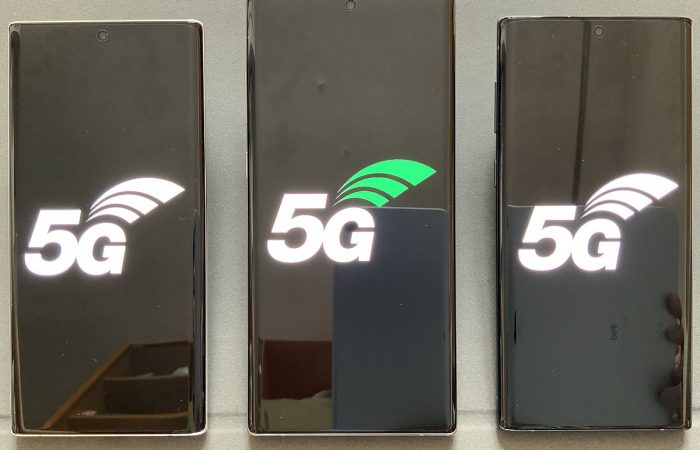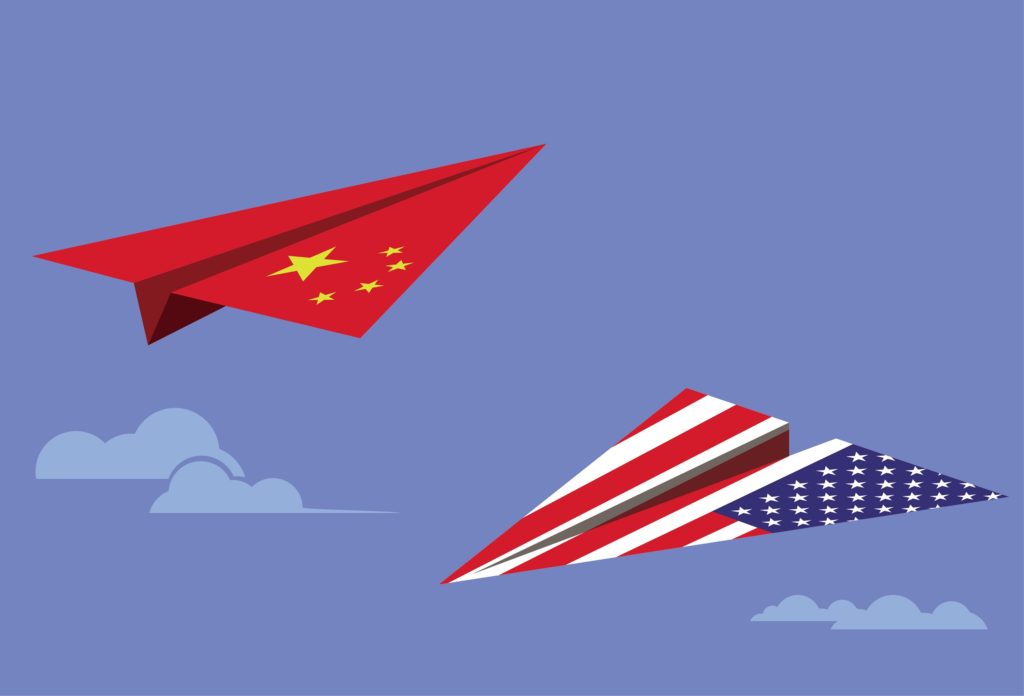The relationship between China and Latin American countries (LAC) is growing and diversifying, as the two regions increasingly partner in new industries, especially the tech industry. Despite the trade war between the U.S. and China continuing, LACs have been able to increase their interactions with China. And as China looks towards LAC, there are benefits and disadvantages for the U.S. as LACs continue to, “pursue their economic interests.” Lin Hua, an associate researcher at the Chinese Academy of Social Sciences, states that LACs will be able to benefit from the trade war through their increased opportunities for exporting commodities. Yet in the long run, the U.S. could hinder LACs economic development by “destroy[ing]” the rules of international trade.
One of the industries that has seen growth in Chinese investment and interest is the tech industry. LACs seek Chinese investors. Felipe Henriques, who co-founded Clandescuentos, a deal search engine, states “Latin America is more similar to China than to the U.S.,” and he and many other tech start-ups look towards China as an example of the potential growth that can arise from the advantages that a developing nation possesses. While the U.S. is still seen as a major investor in the growing LAC tech industry, LACs are increasingly taking advantage of China’s growing interest in the region on this front.
Chinese Investment in LAC Tech Start-ups
So, what is it that has been attractive to LAC tech start-ups as they seek Chinese financial investment? “Historically, Latin America has looked to Silicon Valley and New York for business ideas and financing, but there are innovations in China that are more applicable to the Latin American reality,” states Alex Tabor, founder of Peixe Urbano, a Brazilian-based discount center that received investment from the Chinese search engine, Baidu.
Alicia Bárcena, Executive Secretary of the Comisión Económica para América Latina y el Caribe (CEPAL, Economic Commission for Latin America and the Caribbean), sees China as a country which has rapidly advanced its technological capabilities more than any other country in the world. This potential for growth is what has triggered LAC start-ups to seek Chinese investment. Chinese manufacturers have also made the move to LACs to avoid U.S. tariffs, such as Hisense Co., a Qingdao-based electronics company which made the move to Mexico.
As Chinese investors continue to show interest in Latin America, there have increasingly been “initiatives” to continue fostering business interactions between LAC and Chinese tech investors. On Chinnovation’s website, its purpose clearly states, “the first and only authority dedicated solely to supporting and facilitating bilateral business communication and information exchange between…internet companies, startups, analysts and investors from China and Brazil.”
Chinese Tech Coming to LAC and Huawei
Huawei has had a controversial history with the U.S., as Washington continues its ban the Chinese technology company. U.S. is concerned about the “potential spying” by the Chinese tech company, which in turn has pushed Huawei towards finding other countries to work with. As the Chinese company is looking to increase its partnerships, the United States is also aiming to seek support in excluding Huawei through pressuring its partners to do the same. However, LACs have pushed back and are not following their oldest regional partner’s dictation to exclude Huawei and its potential investment projects in LAC.
Additionally, Huawei is not seen as a threat in LACs but seen as an opportunity to be taken advantage of. In late-August 2019, Huawei presented the idea of “[building] the first undersea fiber-optic cable between South America and Asia.” In July of this year, Chile spoke of its desire to take part in bidding for consideration of its “trans-Pacific construction.”
The United States has been closely watching the growing Mexican-Huawei relationship since Huawei started offering its services to regional countries since the early-1990s. However, even after the U.S. State Department met with Mexico’s Ministry for Communications and Transport a couple of times in 2016, Mexico moved forward with its partnership with Huawei and inaugurated their “red compartida” (country-wide shared network) in 2017. The U.S.’s biggest LAC partner and regional neighbor now works hand-in-hand with the Chinese tech company. President Xi Jinping is expected to visit the capital of Brazil in November. The expectation is that the whole of Latin America will be invited to join Beijing’s Belt and Road Initiative (BRI), – in turn, deepening China’s presence in the Western Hemisphere.




